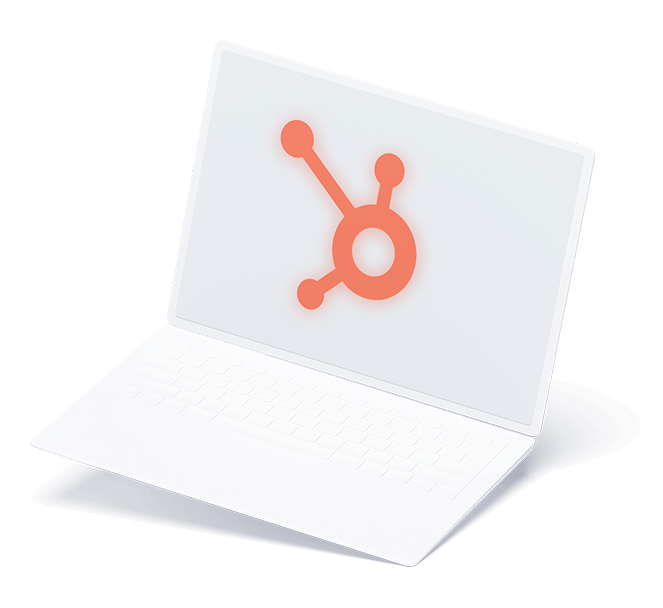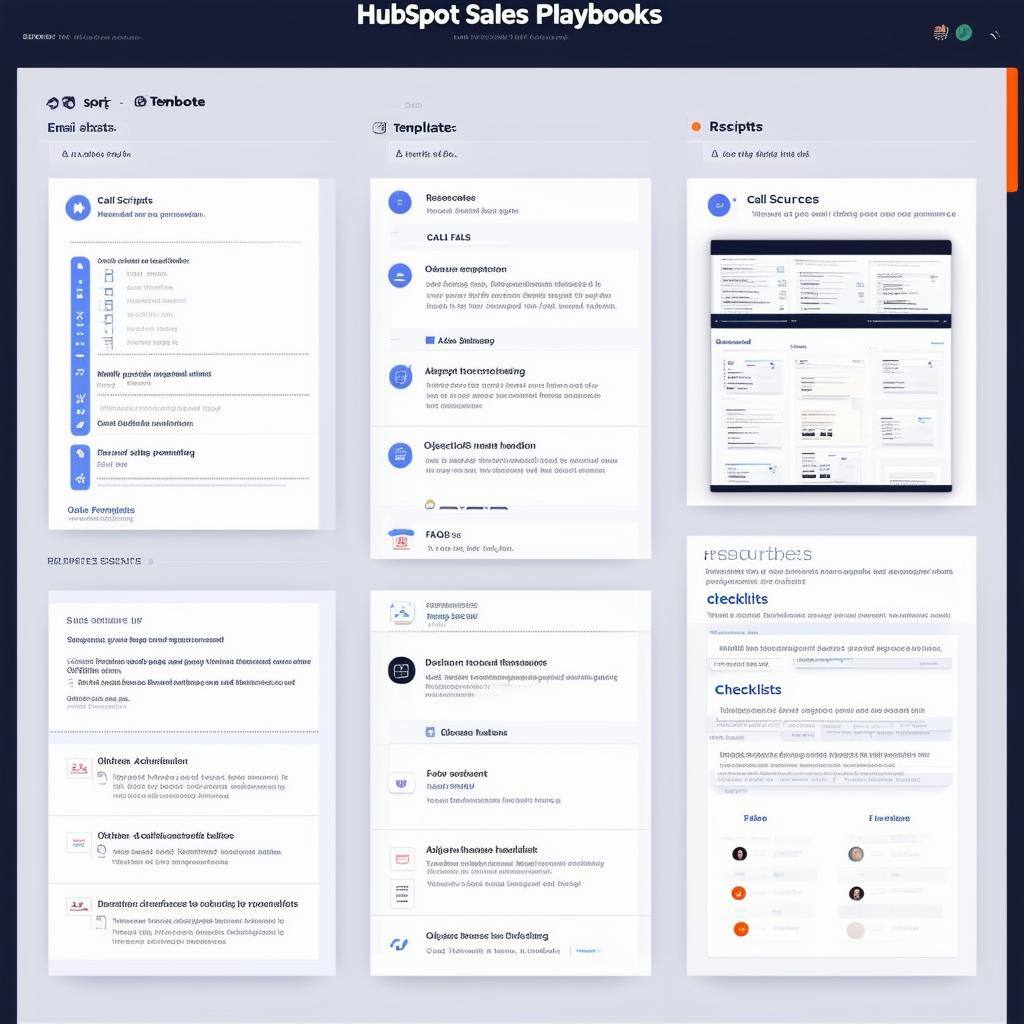-
Digital Marketing
We help you to use your digital potential. For a strong positioning, more visibility and more leads.
Get Growth ready
With the BEE.Transformance model, we bring continuous and profitable growth to your company. A new mindset for your team.
Industries
We transform your challenges into opportunities through the experience we have gained from projects in these industries.
-
HubSpot Services
As a HubSpot Diamond Partner, we help you implement your digital growth strategy with a focus on performance - by implementing and integrating new and existing systems as well as 3rd party apps.
HubSpot Thought Leader
As a HubSpot Diamond Partner with +50 certifications, host of the HubSpot User Group Zurich, HubSpot Trainer and HuSpot User Champions, you have access to in-depth HubSpot expertise.
HubSpot Solutions
The BEE.Theme offers you more creative freedom than any other theme on the market. Whether you're a beginner or a professional, a creative mind or a digital agency - with the BEE theme, you can easily unleash the maximum power for your pages in HubSpot CMS.
-
BEE.Blog
Knowledge around digital marketing, digital sales, technology, data intelligence and employees.
Knowledge Base
Pure knowledge: everything essential concentrated, compact, digitally prepared for you and ready to download.
What is inbound?
The most effective way to successfully combine digital marketing and digital sales.
-
BEE.Team
The BEE.Performers: many different characters - with one thing in common: the fascination for a digital world.
References
More than 100 large and small companies have already started with BEE: to more visibility, more performance, more growth.
Invest
Participate in the growth of BEE and become part of the BEE Growth Story by purchasing Digital Share Tokens.
We're hiring
Become a BEE.Performer! Are you ready for your own transformation?
Best Practices for Creation and Customisation of Lifecycle Stages Inside HubSpot
HubSpot’s Lifecycle Stages help everyone in your business understand how contacts and companies progress through the sales funnel. This powerful tool gives insight into the marketing and sales process and the handoff between the two departments.
The Lifecycle Stages comprise usually the following categories:
Subscriber:
Someone who has provided their contact details by subscribing to your blog or newsletter.
Lead:
A contact that has taken further action and filled out a contact form, downloaded an ebook, etc
Marketing Qualified Lead (MQL):
Using the HubSpot Score, this lead is considered to have met the qualification criteria.
Sales Qualified Lead (SQL):
A member of the sales team has spoken to the lead and determined that they are a good fit.
Opportunity:
Contact has been associated with a deal.
Customer:
The deal stage is now Closed Won.
Evangelist:
This customer actively promotes your business or acts as a good reference.
Other:
You’ve spoken to the prospect and decided they are not a good fit/none of the above categories apply.
It’s critical for every business using HubSpot to utilise and implement these stages correctly to ensure accurate reporting. With the option to now customise this element, it’s important to apply a few best practices so that you don’t, quite frankly, create a mess.
Where to find Lifecycle Stages in HubSpot
HubSpot launched the option to customise Lifecycle Stages at the end of March 2022. For some users, this may still only be accessible as a BETA option or not at all, so follow the steps below to check whether you can start customising your Lifecycle Stages:
- Access your Lifecycle Stage settings by clicking on the Settings icon on the top right-hand side of your HubSpot portal.
- Under Objects, click Contacts.
- In the tab section, find Lifecycle Stages.
- Create a new Lifecycle Stage by clicking Add Stage.
Using Custom Lifecycle Stages in HubSpot
The ability to customise Lifecycle Stages in HubSpot opens the door to exciting conversion reporting options that weren’t available with the standard Lifecycle Stages. For example, many SaaS business count a “Free Trial” sign-up as a liminal spot between Opportunity and Customer; now you can simply add Free Trial in between those two stages to better illustrate the conversion path and ensure your sales team only acts when the time is right.
It’s important to note that Lifecycle Stages don’t replace the Lead Status property in HubSpot; this property breaks down your sales process and is essential. Be mindful not to treat Lifecycle Stages as a substitute for Lead Status if you want to keep an accurate view of your customer’s journey.
Below, we cover the best practices you should apply when creating and customising your HubSpot Lifecycle Stages:
Don’t add more Lifecycle Stages than is necessary
As this is a new feature, many HubSpot users may be tempted to go crazy, but the secret to success here lies in simplicity. You don’t need 30 different Lifecycle Stages. Instead, keep things focused and tie each Lifecycle Stage to a specific action that triggers the move into the next stage.Only customise if there’s a genuine use case
The standard HubSpot Lifecycle Stages weren’t wrong, to begin with. In fact, they are very logical and can be universally applied. So, if you’re going to augment this tool, be very sure that every change you make is going to improve your process, make your team’s life easier, and that there’s a solid business case —don’t just change stuff for the sake of changing it.Align your teams around the data first
Changes to your Lifecycle Stages shouldn’t be decided upon and implemented by a single party. There should be an adequate discussion between all the teams affected, and everyone should be on board with the data you are basing your decisions on. Without this step, you may create a tonne of chaos.Remember existing integrations
If you’re using HubSpot with other systems and tools, your Lifecycle Stage property may be syncing in another object. Changes you make to your Lifecycle Stage in HubSpot could, therefore, impact the integrated system that hasn’t been updated with the same values.
Before you launch your new Lifecycle Stages, we recommend that you test everything in the sandbox prior to deployment. Remember also that the Lifecycle Stage affects both HubSpot Company and Contact records.
Lastly, remember that the integration will make use of the API name; therefore, when labelling your LIfecycle Stages, you’ll need to reference the Internal ID Value for the integration to ensure they are they match the name or label.
Convert custom properties to custom Lifecycle Stages
If you’ve been using Lead Status or other custom properties to track Contacts, it’s time to map and convert your existing data to the new Lifecycle Stage values. Set some time aside and take the following steps:
- Map your Customers Journey according to the final Lifecycle Stages you’ve decided to use.
- Rename and create your new stage values in HubSpot.
- Map previous custom property values to your new customer Lifecycle Stage values.
- For backup, do a full export of all impacted records (Contacts and Companies).
- Using the bulk edit feature or a workflow, you can now update the new stages based on the mapping from previous custom properties.
- Do a thorough check to verify the mapping was executed correctly.
- Ensure the values from the old custom properties are cleared from your HubSpot records.
- Finally, delete the previous custom property.
Get advice from a HubSpot partner
HubSpot does a good job of explaining the steps to edit and customise your Lifecycle stages independently. However, you may have picked up from some of the best practices we’ve listed above that this isn’t an activity you should go into blindly. It’s important to consider your processes, your team’s understanding of the data you’re using, and how you categorise your contacts and leads. With this in mind, you may want to lean on the expertise of a HubSpot partner to ensure that anything you change in your system will be impactful and worthwhile.
The BEE team is ready to help you with all your questions and offer the support you need, whether you’re just starting out with the HubSpot CRM or you’re looking for ways to optimise the platform.
Speak to one of our friendly experts and tell us why you’re interested in customising your Lifecycle Stages.
Related Posts

Which HubSpot Marketing Hub is right for me? Free vs Starter vs Pro vs Enterprise
Cindy Hameed | 17 Mar 2022
Are you searching for marketing software? It's 2022, and without the right kit to implement your digital marketing strategy, you may be at a serious disadvantage. Of ...
reading time: 12min
Zum Blog

How HubSpot Sales Playbooks Can Maximise Efficiency
Philipp Schirmer | 17 Oct 2024
As 2024 winds down, are your sales processes aligned to end the year strong? HubSpot Sales Playbooks could be the game-changer you need to finish strong and set up for ...
reading time: 15min
Zum Blog

How to Clean Data in HubSpot with the Operations Hub
Romy Fuchs | 17 Nov 2022
Without a clean database, your marketing campaigns, reports and deals will lead to skewed figures and questionable estimations - a little counterproductive when you ...
reading time: 7min
Zum Blog
